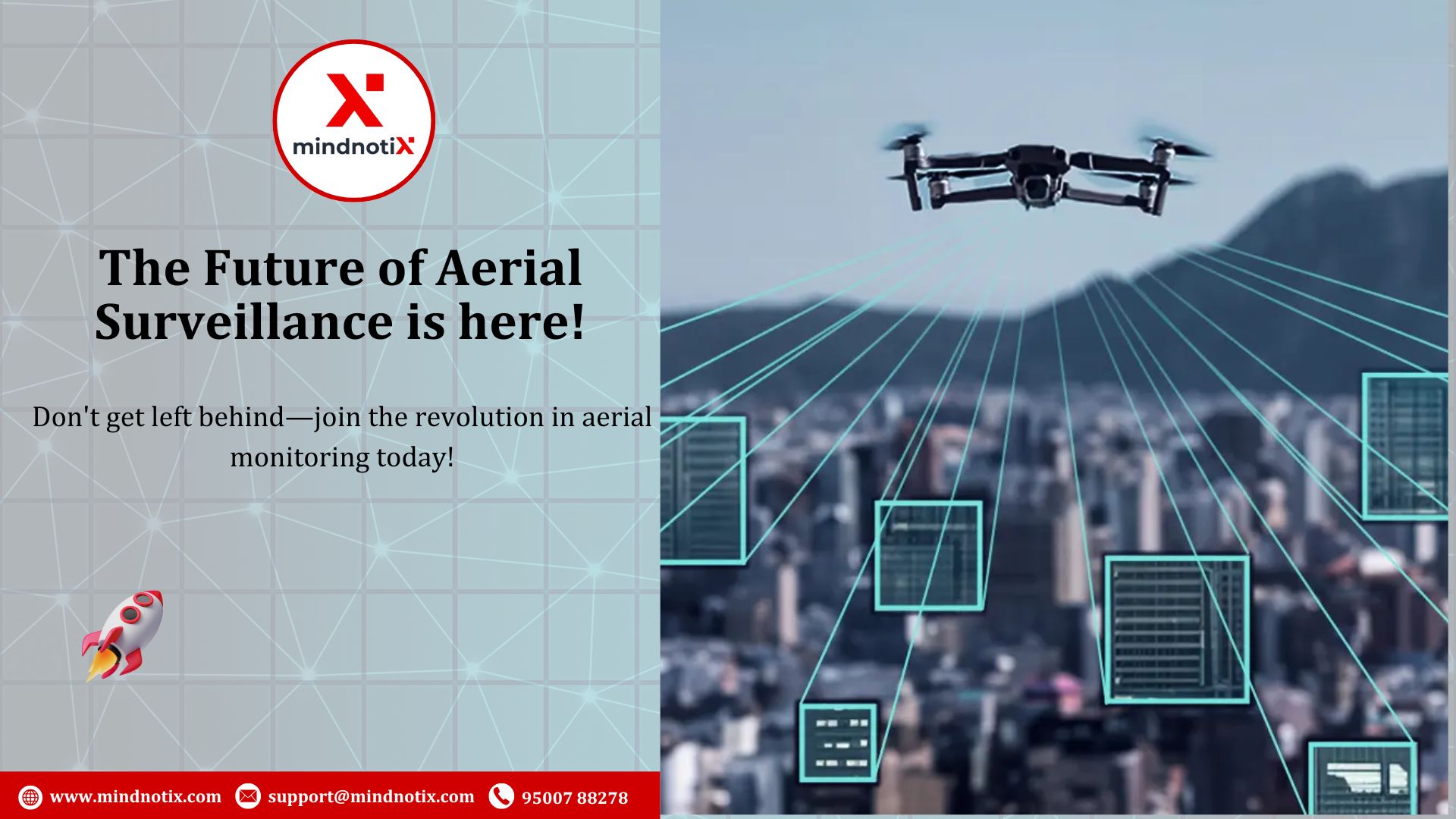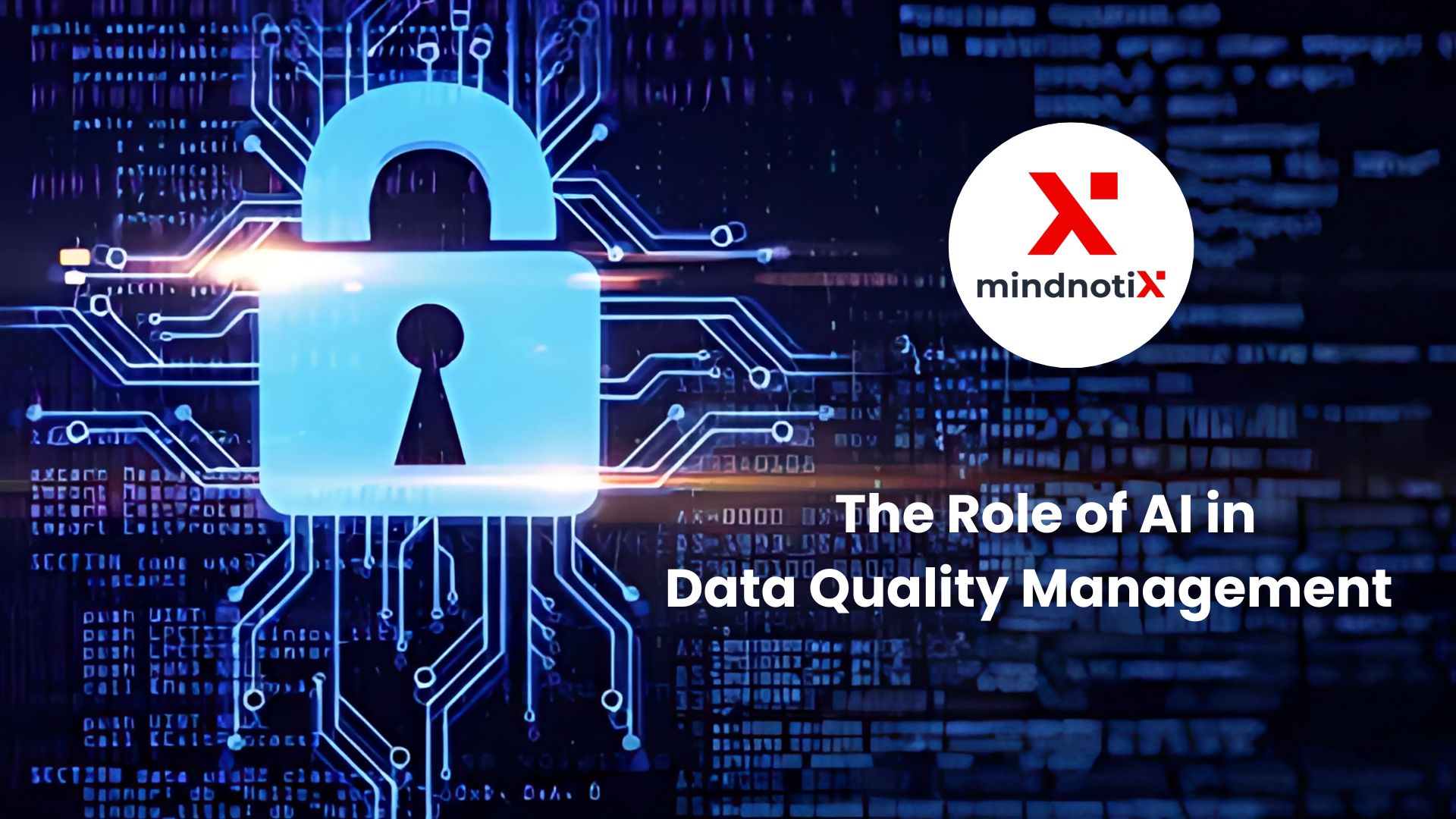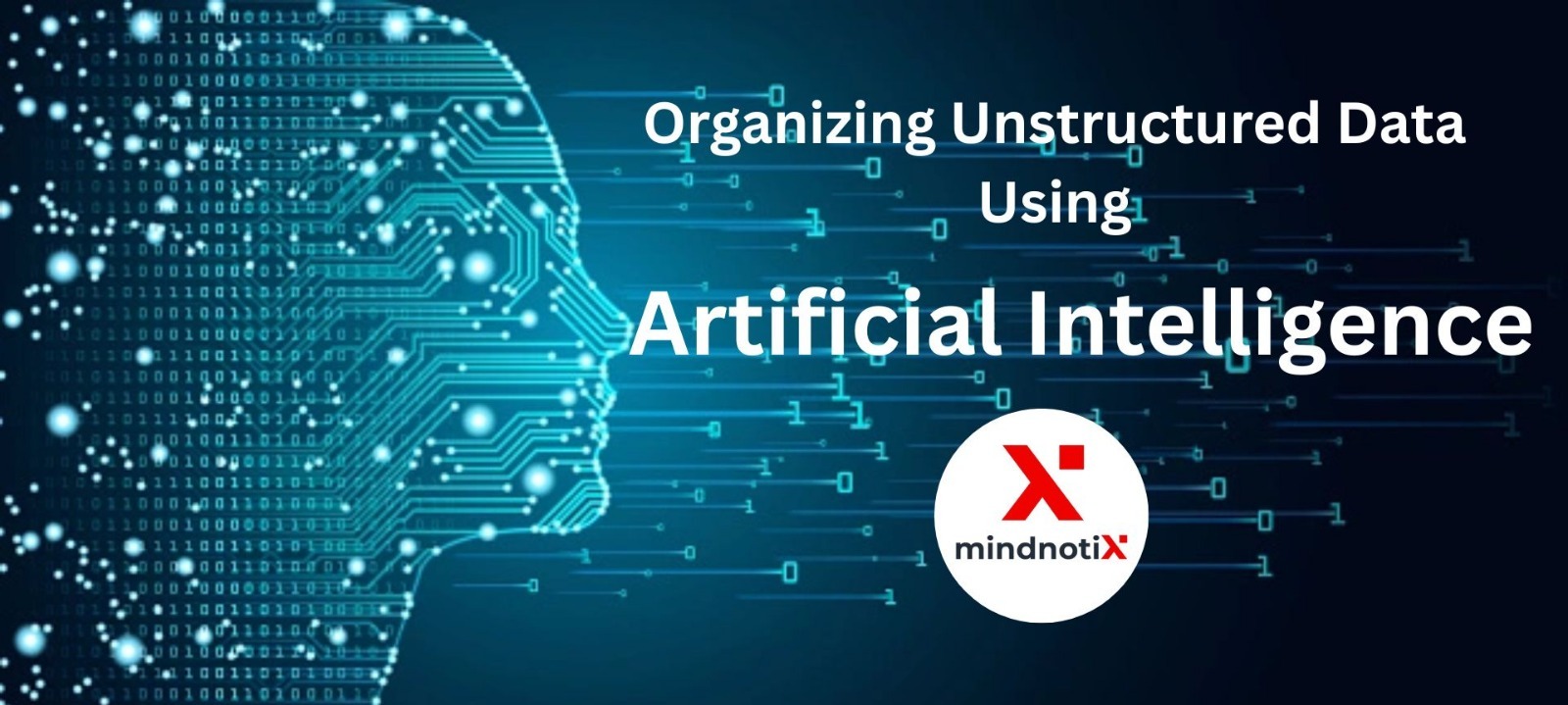Surveillance in the sky: sophisticated drones or UAVs
Unmanned Aerial Vehicles (UAVs) of today are very different to drones from the past – mostly because many don’t need active human intervention to operate. Their technology is more sophisticated, and they can cover far greater distances. As a result, UAVs boast a wide array of applications, giving previously unavailable access to some of the most remote parts of the planet. These new-generation UAVs return data via several technologies, including:
High-resolution cameras
Thermal imaging
LIDAR (Light Detection and Ranging), which uses light and sensors to examine the surface of the earth.
These capabilities can be applied in several ways by law enforcement, border patrols and disaster–response teams. They allow easy tracking of moving objects while delivering real-time location data to their operators.
New-generation drones or UAVs require little to no human intervention when operating.
Regulation of drone surveillance
Policymakers and authorities must ensure the legal and ethical regulations of technology and data-capturing match the rate of innovation in the space, to ensure a responsible application of the tools.
As an example, the Venezuelan government implemented measures to use sophisticated surveillance technology to combat recent protests after a national election. The result was thousands of people arrested for joining these protests. Citizens could ‘whistleblow’ via an app, reporting anyone they alleged to be involved. Campaigners claimed the government abused technology to repress the right to free speech. It begs the question: how can regulations be crafted to prevent potential misuse of surveillance technologies while still allowing governments to maintain public safety and order?
Surveillance on the ground: next-generation cameras
The ground–based (mounted, CCTV) camera system is a staple in surveillance kits. But improvements to resolution, low–light performance, and far wider fields of view have elevated camera surveillance to provide more information than used to be possible. Ultra-sophisticated motion detection means camera systems operate more efficiently. When you add facial–recognition capabilities to the system, the surveillance footage provides more than just a video library – it becomes a tool that can be trained on what to look for before automated search kicks in.
How does this technology help make the world a safer place?
The advancements in camera tech, both hardware and software, offer new opportunities to security providers and authorities, with positive impact in the healthcare, transport, logistics, educational and retail spaces particularly.
Camera-tech is more sophisticated than ever, presenting opportunities and risks.
In healthcare, new surveillance tech can help monitor patients for signs of distress and emergencies. In the transport sector, smart surveillance makes a huge difference by providing data to help optimise traffic flows. And in retail, new data can be used to understand customer behaviour, optimising business layouts and managing queues effectively.
All-round surveillance: Artificial Intelligence (AI)
Arguably the most significant leap forward in surveillance, AI has transformed how surveillance data is gathered, processed, analysed and applied.
Driven by deep-learning algorithms (when AI learns by being exposed to large volumes of data), AI is now vital to the toolkits of leading security providers and governing authorities worldwide.
AI tools can compare and match images and biometrics to vast databases faster than other software. This makes for more efficient problem-solving and alerts to when escalation is needed.
AI-powered facial recognition systems can identify individuals precisely in challenging or crowded environments. This technology is a real boost for authorities searching for perpetrators, dealing with difficult situations or missing persons.
AI is also being used to recognise vehicle registration numbers. By analysing license plates, makes and models of vehicles, AI can track and identify vehicles efficiently. This same technology can also be used to gather intelligence on traffic patterns – with strong use cases in improving traffic, optimising transport networks, and of course, assisting with law-enforcement and other investigations.
Surveillance in public spaces: balancing security and privacy
As surveillance technology becomes more advanced and accessible, its use in public spaces, including by private entities, is expanding rapidly. Take sports stadiums as an example. A Privacy International investigation into 100 of the world’s foremost football stadiums revealed 25 of these stadiums use some form of facial-recognition technology.
Street surveillance has taken on a new meaning with smart integrations that pull information from multiple databases.
At the Mercedes Benz Stadium in Atlanta in the United States, Benzie the DroneDog patrols the property and provides real-time data, including facial scans, to its operators. Benzie can also scan license plates, detect narcotics and explosives.
Slate also published a list of US stadiums utilising facial recognition. The list includes well-known venues: Madison Square Garden and Citi Field in New York City, and the Rose Bowl in Los Angeles – which was found to have used the technology on 30,000 attendees without their consent or knowledge.
Ethics and the future of surveillance
Two core principles for ethical surveillance are transparency and accountability. The public needs to be educated to develop a clear understanding of how agencies and authorities are collecting, storing and using their data, while data-protection measures must evolve to safeguard human rights.
With new surveillance understood and regulated, this incredible technology could make us all safer without eradicating privacy entirely.
Conclusion
The integration of drones and AI has ushered in a new era of surveillance, offering both immense potential and significant challenges. While these technologies can enhance public safety, improve efficiency, and aid in disaster response, it is imperative to address ethical concerns and privacy implications. As surveillance technology continues to evolve, it is crucial to strike a balance between security and individual liberty. By fostering transparency, accountability, and responsible innovation, we can harness the power of these tools to create a safer and more secure future.
Read more here about : How AI is Revolutionizing Anomaly Detection in City Surveillance Systems
Traffic Monitoring Made Smarter: The Role of AI in Reducing Congestion
Understanding Customer Behavior: AI’s Impact on Retail Surveillance
Crowd Management Innovations: Using AI for Safer Large Events
For more information contact : support@mindnotix.in
Mindnotix Software Development Company


 AI-Taxi App
AI-Taxi App AI-Food App
AI-Food App AI-Property Mgmt App
AI-Property Mgmt App AI-CRM
AI-CRM AI-Fantasy App
AI-Fantasy App
 Web Development
Web Development App Development
App Development Business & Startup
Business & Startup Hire Developer
Hire Developer
 Digital Marketing
Digital Marketing Lead-generation
Lead-generation Creative Agency
Creative Agency Branding Agency
Branding Agency Augmented Reality
Augmented Reality Virtual Reality
Virtual Reality Internet of Things
Internet of Things Artificial Intelligence
Artificial Intelligence Blockchain
Blockchain Chatbot
Chatbot



